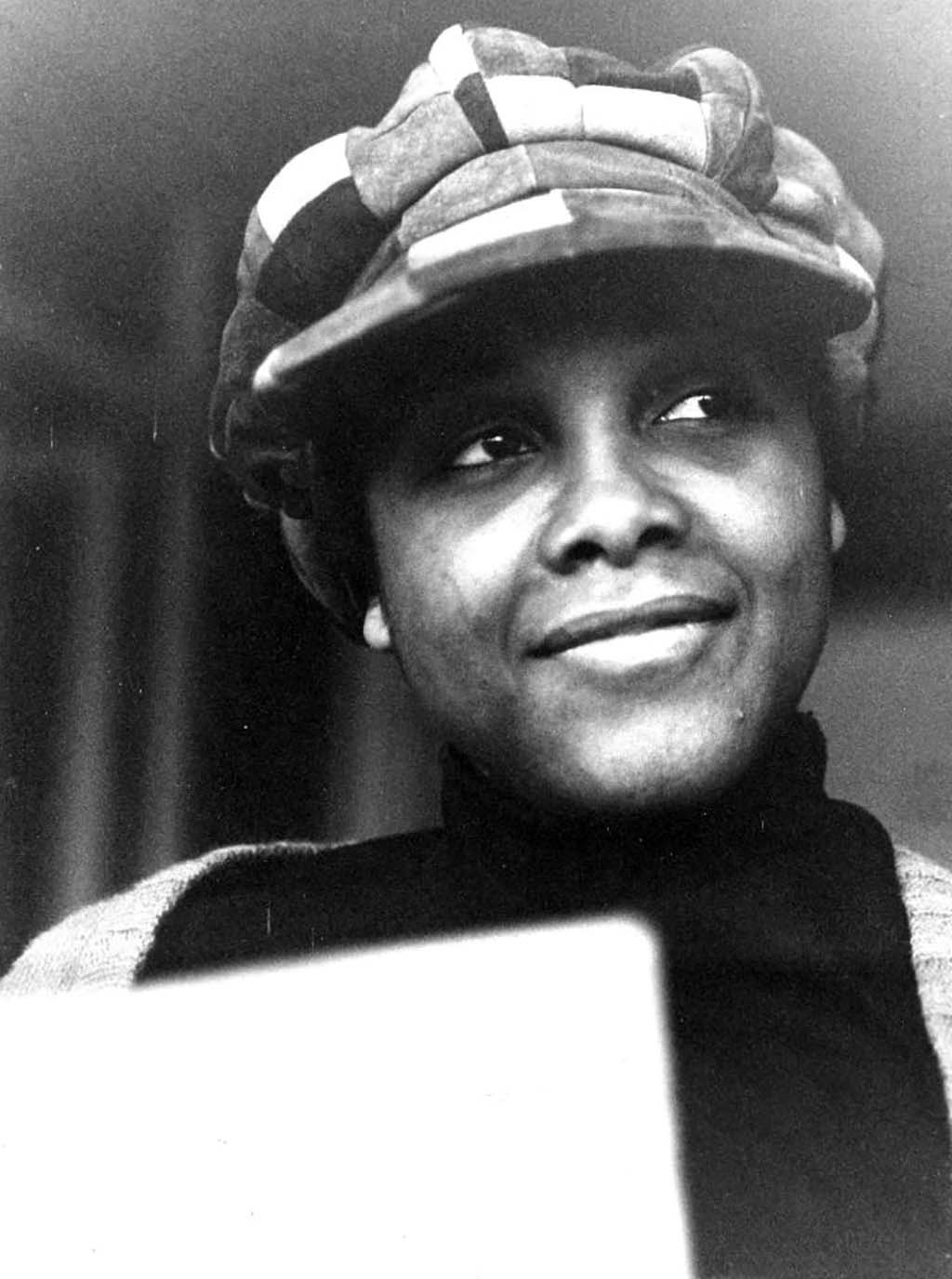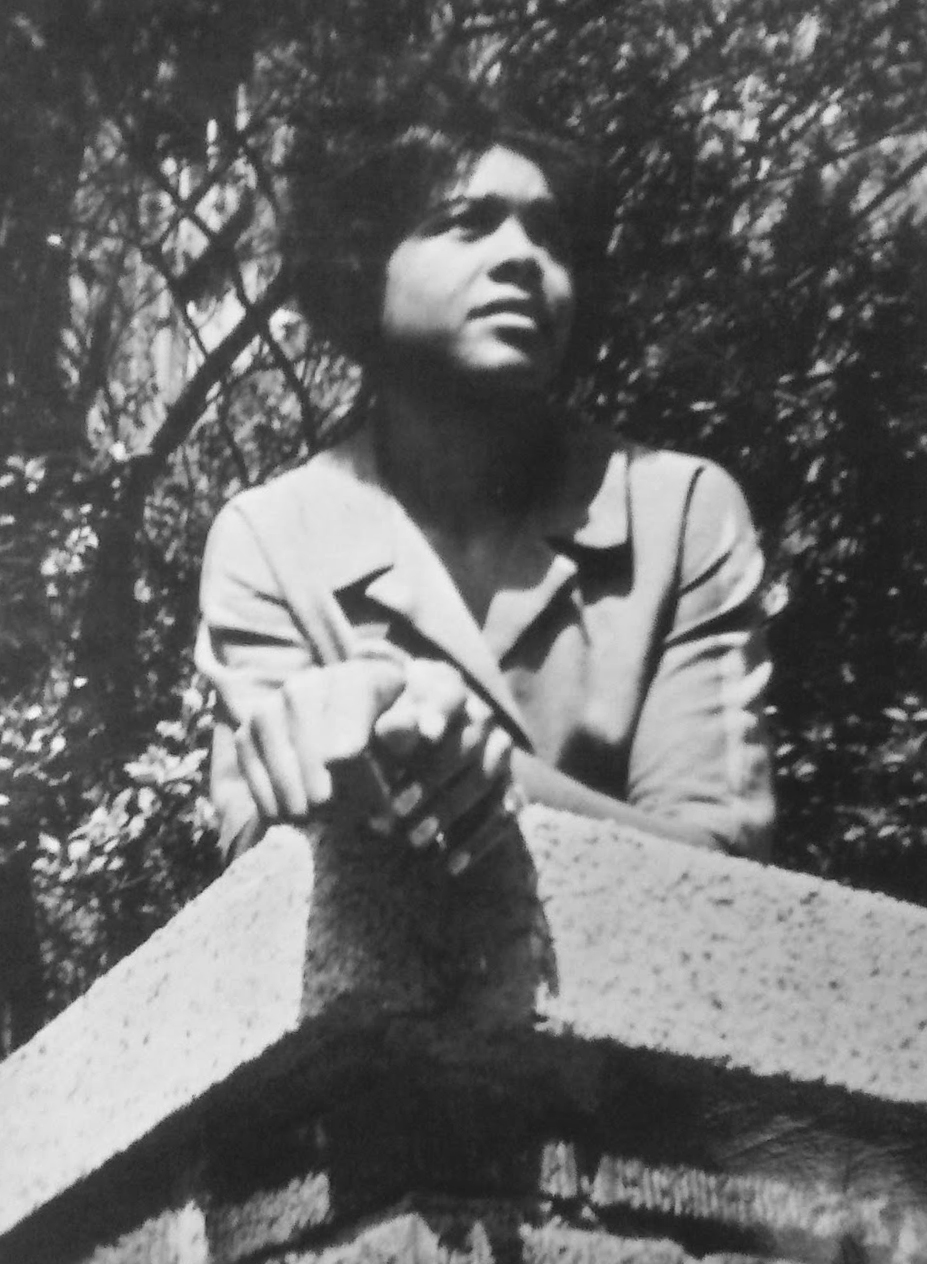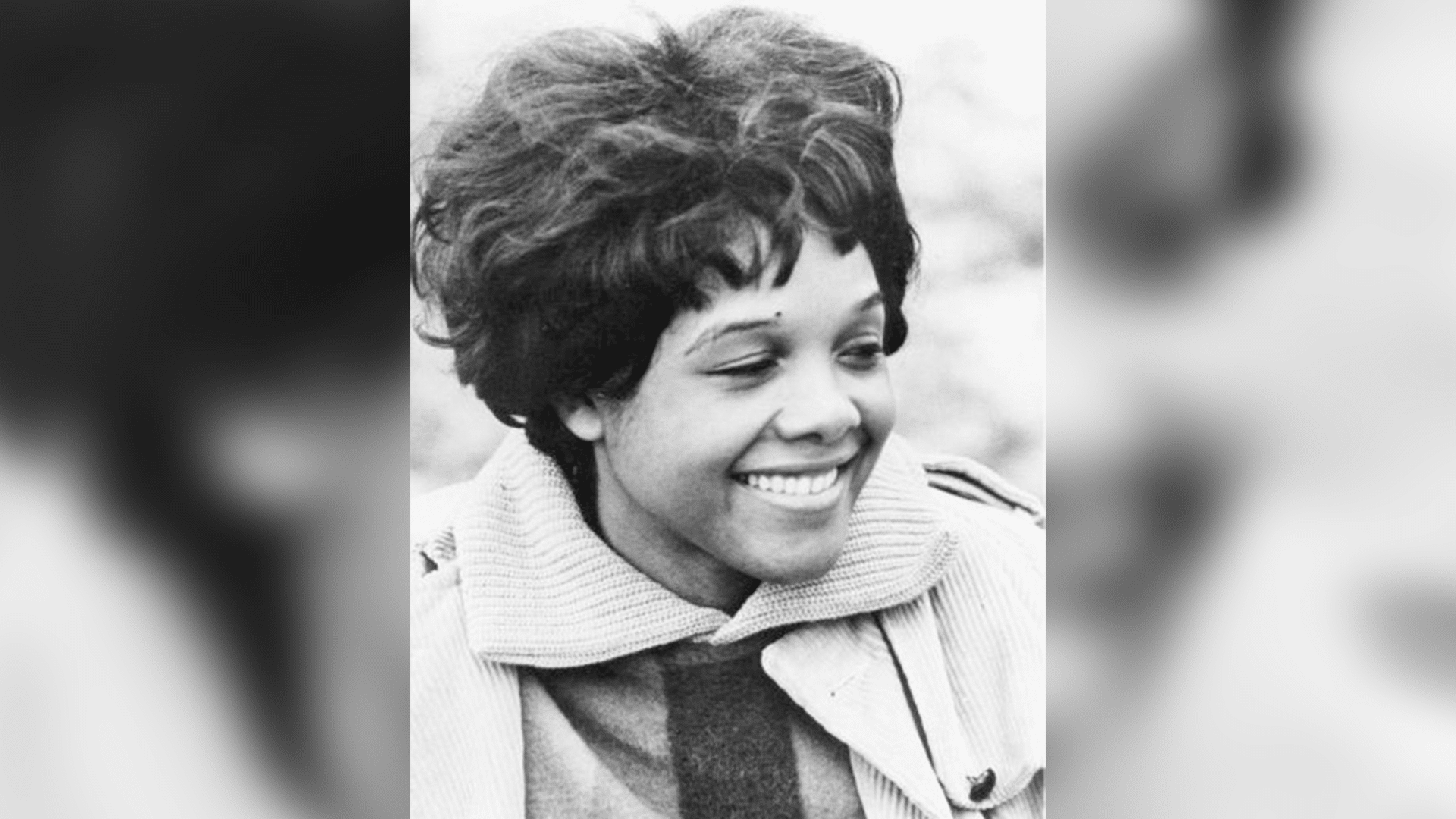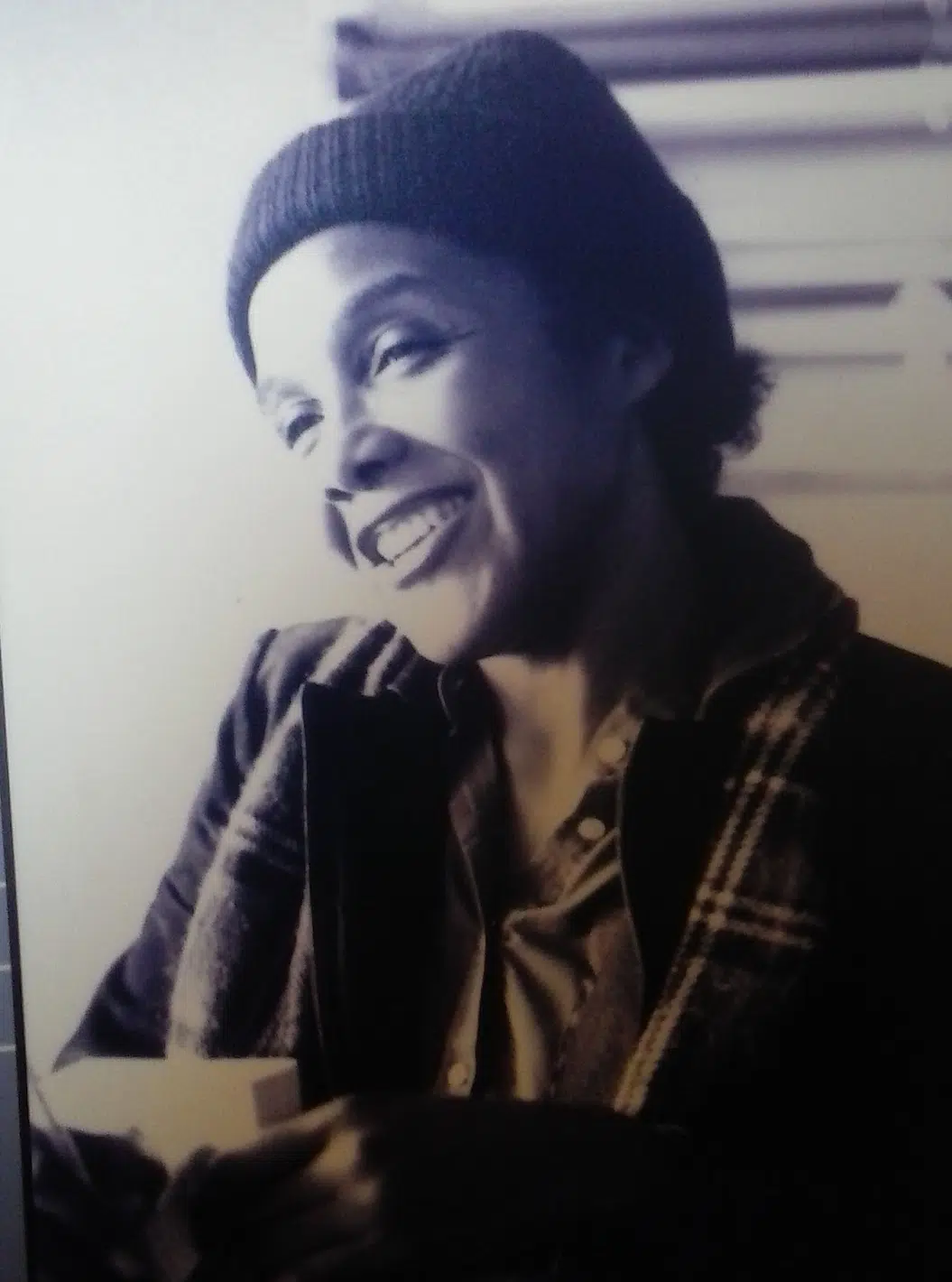
When we reflect on the civil rights movement, iconic figures such as Martin Luther King Jr. and Rosa Parks frequently dominate our thoughts. However, it is essential to recognize the countless individuals whose grassroots efforts played a pivotal role in this transformative period in American history. One such influential figure is Anne Moody, a remarkable woman whose life and contributions have left an indelible mark on the fight for equality and justice. In this article, we will explore the compelling narrative of Anne Moody, delving into her personal struggles, the challenges she faced, and the significant triumphs she achieved throughout her journey. Her story not only highlights the importance of grassroots activism but also serves as a source of inspiration for future generations committed to the ongoing fight for civil rights. Join us as we uncover the legacy of Anne Moody and the vital role she played in shaping the civil rights movement.
Early Life: The Roots of Resilience

Born into Adversity
Anne Moody entered the world on September 15, 1940, in the small town of Centreville, Mississippi. Her upbringing was steeped in the struggles faced by poor African American sharecroppers, a life characterized by relentless hardship and the pervasive shadow of racial discrimination. Imagine growing up in an environment where the color of your skin determined your value and opportunities in society. This was the harsh reality that Moody confronted from a young age, shaping her resilience and determination to fight against the injustices that surrounded her.
Education in a Segregated System
Moody’s formative years were spent navigating the challenges of a segregated school system in the South, where educational resources were often unequal and opportunities limited for black students. Despite these obstacles, she demonstrated remarkable academic prowess, standing out among her peers. In 1959, her hard work and talent earned her a basketball scholarship to Natchez Junior College, a significant milestone that opened new avenues for her future and provided a glimpse of what was possible beyond her immediate circumstances.
Transition to Tougaloo College
Following her time at Natchez, Moody made the pivotal decision to transfer to Tougaloo College, a historically black institution known for its commitment to social justice and activism. It was during her time at Tougaloo that Moody’s awareness of the deep-seated racial injustices in society began to crystallize. She became increasingly engaged in the civil rights movement, participating in protests and advocating for equality, thus laying the groundwork for her lifelong commitment to fighting for social change.
Activism: A Spark Ignited

Joining the Civil Rights Movement
At Tougaloo College, a pivotal moment in her life unfolded as Moody’s fervent passion for justice began to take shape and flourish. She became actively involved in organizing the Congress of Racial Equality (CORE), a significant civil rights organization dedicated to combating racial segregation and discrimination. Throughout her involvement, she participated in numerous protests aimed at challenging the status quo and advocating for equality. One of the most memorable and impactful events she took part in was the courageous sit-in at a segregated Woolworth’s lunch counter in 1963. This act of defiance was not without its challenges, as she faced intense hostility and humiliation from those who opposed her efforts. It is difficult to fully grasp the immense courage it required to stand firm in such a volatile and dangerous environment, where the fight for civil rights was met with fierce resistance.
Facing Violence and Intimidation
Throughout her journey as an activist, Moody encountered numerous instances of violence and intimidation that served as harsh reminders of the brutal realities faced by those fighting for civil rights during that era. During the aforementioned sit-in, she and her fellow activists were subjected to degrading treatment, including being doused with sugar, ketchup, and mustard by hostile onlookers. These acts of aggression were not just isolated incidents; they reflected the pervasive hostility that civil rights activists faced daily. Despite the physical and emotional toll of such experiences, Moody remained undeterred in her quest for change, driven by an unwavering commitment to justice and equality for all. Her resilience in the face of adversity exemplified the strength and determination of those who stood up against oppression.
Writing as a Form of Resistance

Coming of Age in Mississippi
After completing her studies at Tougaloo College in 1964, Anne Moody took on the role of a civil rights project coordinator for Cornell University. While she was initially passionate about her work and the movement, she soon found herself grappling with disillusionment regarding certain elements of the civil rights struggle. This sense of disenchantment ultimately led her to relocate to New York City, where she embarked on a transformative journey of self-expression through writing. It was during this period that she began crafting her groundbreaking autobiography, Coming of Age in Mississippi.
A Powerful Narrative
Published in 1968, Coming of Age in Mississippi transcends the boundaries of a mere memoir; it stands as a powerful narrative that vividly encapsulates the essence of Moody’s personal battles against the pervasive racism of her time, as well as her evolution as a dedicated civil rights activist. The book not only chronicles her experiences but also serves as a poignant reflection on the broader societal issues of race and inequality. Garnering critical acclaim upon its release, it has since been recognized as a seminal work in the study of the civil rights movement, resonating with readers and scholars alike for its raw honesty and compelling storytelling.
The Impact of Moody’s Work

A Historical Document
Moody’s autobiography is not just a personal account; it serves as a historical document that provides insight into the civil rights movement from a woman’s perspective. It highlights the intersection of race, gender, and class, making it a vital resource for understanding the complexities of the era.
Legacy and Recognition
Anne Moody’s contributions to the civil rights movement have not gone unnoticed. Her work continues to be studied in schools and universities, inspiring new generations to fight for justice and equality. Isn’t it amazing how one person’s story can ignite a fire in others?
Later Life and Continued Writing

Mr. Death: Four Stories
In 1975, Moody published Mr. Death: Four Stories, showcasing her talent for storytelling beyond her autobiographical work. This collection further solidified her place in American literature.
Farewell to Too Sweet
Moody began writing a sequel to her autobiography, titled Farewell to Too Sweet, in 1976. Unfortunately, the book remained unpublished due to her mother’s death that same year. It’s a poignant reminder of how personal loss can impact creative endeavors.

Anne Moody passed away on February 5, 2015, but her legacy lives on. Her courage, resilience, and commitment to justice continue to inspire activists today. As we reflect on her life, we must ask ourselves: How can we carry forward her message of equality and justice in our own lives?
Table: Key Events in Anne Moody’s Life

| Year | Event |
|---|---|
| 1940 | Born in Centreville, Mississippi |
| 1959 | Received a basketball scholarship to Natchez Junior College |
| 1963 | Participated in a sit-in at Woolworth’s lunch counter |
| 1964 | Graduated from Tougaloo College |
| 1968 | Published Coming of Age in Mississippi |
| 1975 | Published Mr. Death: Four Stories |
| 2015 | Died in Gloster, Mississippi |
Final Thoughts

Anne Moody’s life is a testament to the power of resilience and the importance of standing up for what is right. Her story reminds us that the fight for justice is ongoing, and it’s up to each of us to continue her legacy. So, what will you do to honor her memory?

